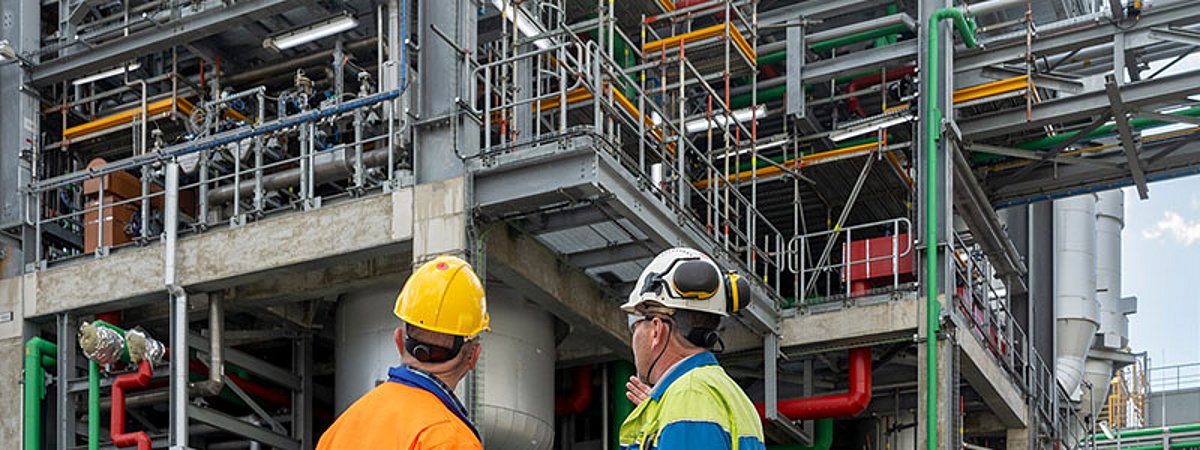BASF starts up new alkylethanolamine plant

BASF has started up a new world-scale production plant for alkylethanolamines at the Verbund site in Antwerp, Belgium. Alkylethanolamines are needed as binders between pigments and resins in the coatings industry, among other things.
The new investment in BASF's new plant will increase global annual production capacity for alkyl ethanolamines, including dimethyl ethanolamines (DMEOA) and methyl diethanolamines (MDEOA), by nearly 30 percent to more than 140,000 metric tons per year. The new plant is an important part of BASF's production network for this portfolio at the company's sites in Ludwigshafen, Germany; Antwerp, Belgium; Geismar, Louisiana; and Nanjing, China. "This investment underscores our vision to be the preferred partner for sustainable intermediates and our strong commitment to remain a key supplier of alkyl ethanolamines," said Ketan Joshi, head of BASF's Intermediates division. "With this new investment, we are expanding our global production network. Based on our Verbund integration and competitive technology, we want to enable sustainable growth for our customers."
The versatile alkylethanolamines are mainly used as precursors for chemicals for gas scrubbing, for flocculants in water treatment and as binders between pigments and resins in the coatings industry. Other applications include plasticizers for textiles, additives for metalworking fluids and polyurethanes. With around 300 different amines, BASF has the world's most diverse portfolio of chemical intermediates of this type. In addition to alkyl, alkanol and alkoxyalkyl amines, the company also offers heterocyclic and aromatic amines as well as specialty amines. BASF's portfolio also includes a growing range of chiral amines, which are known for their high optical and chemical purity. These versatile products are mainly used in the manufacture of process chemicals, pharmaceuticals and crop protection products as well as cosmetics and cleaning agents. They are also used in the production of coatings, specialty plastics, composites and specialty fibers.
